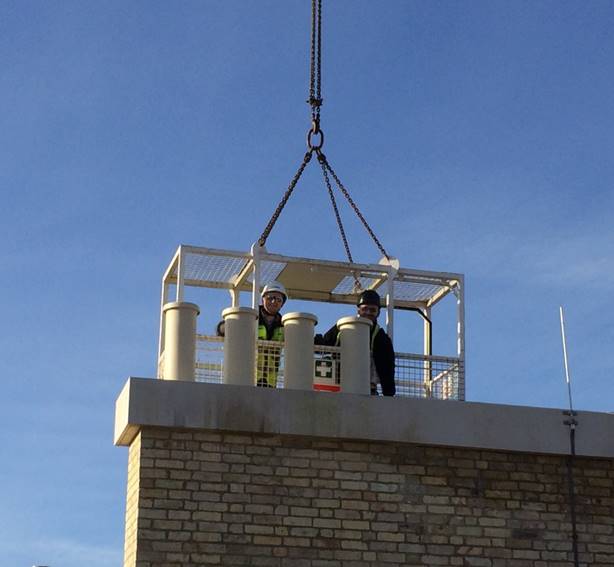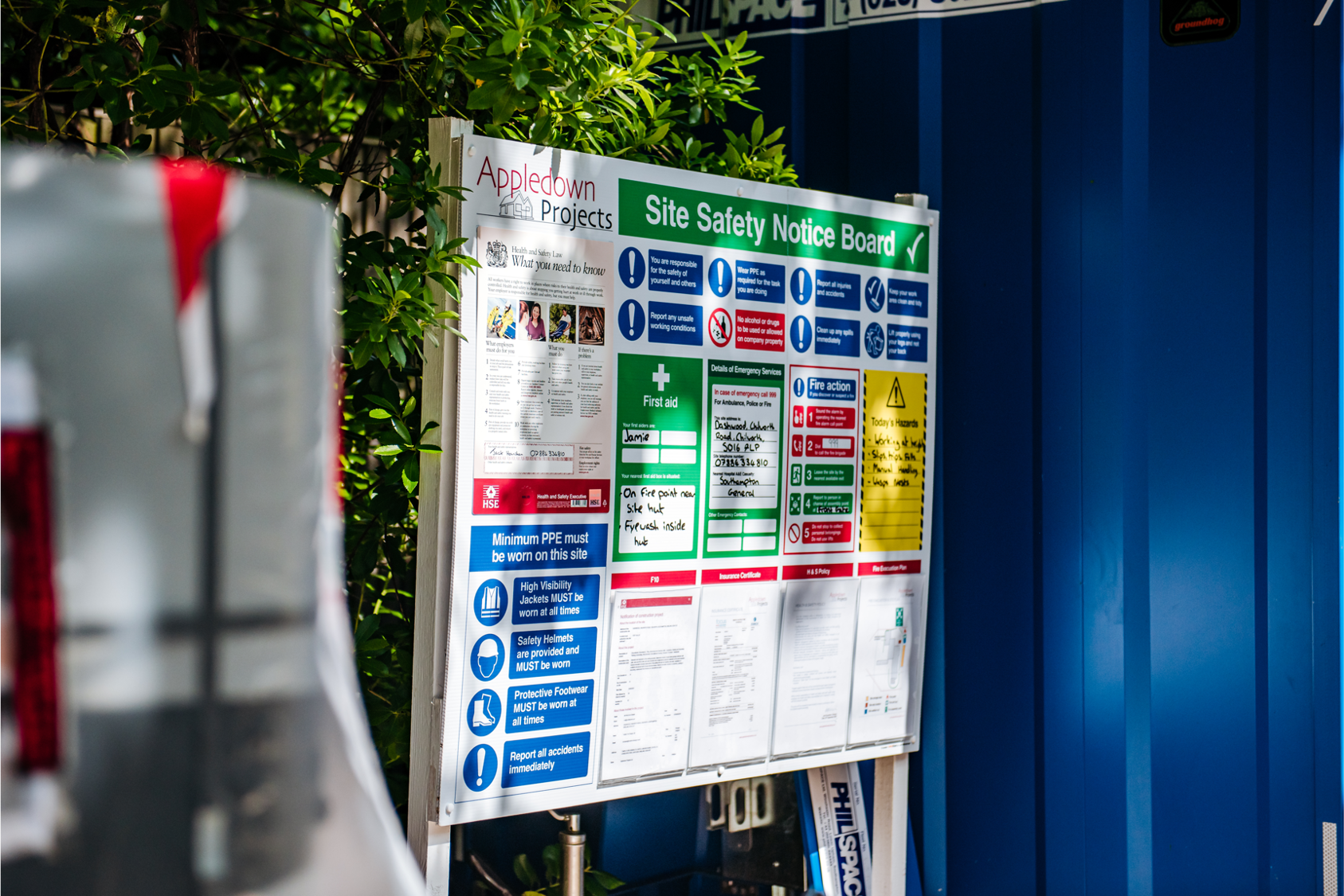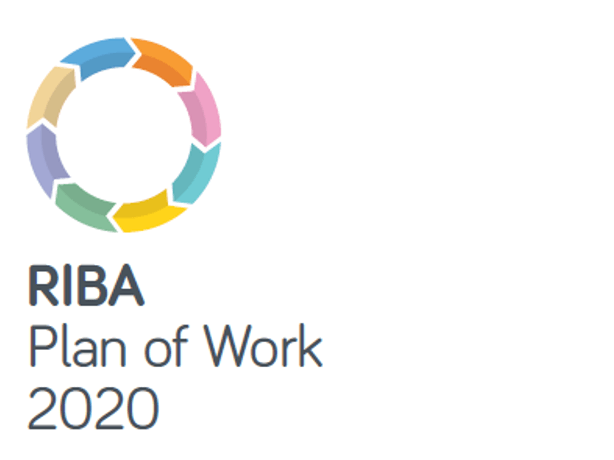Constructing a Career
Where it all began. An introduction to Jack.
I started my career in construction by mistake initially, working for my Dad who until recently ran a Plumbing, Heating & Airconditioning company. Saturday mornings and any breaks from school, college and university were spent on building sites from around the age of 12-13 (definitely more red tape around that now!). I loved it and learned a lot of practical skills in the early days, passing tools and asking questions.
Dad always said, ‘Keep away from construction lad’, but I ended up becoming fond, setting my sights on being a Property Developer. With no natural career path in that profession, I found a course at Oxford Brookes University to study Construction Project Management, a 4-year degree course with a year in industry accredited by both the Royal Institution of Chartered Surveyors (RICS) and the Chartered Institute of Building (CIOB).
I was surprised to find during my first year at Uni that I was naturally quite good at this construction malarky having never particularly enjoyed education. I have never been short of drive and determination which led me to networking at a careers fair in first year. There, I met Mace Ltd, advertising their ‘insight week’ at their London headquarters. I secured a place following a tough assessment process, and from there the relationship flourished into a 12-month placement scheme, and then a graduate job (more on that later).

My first Construction Manager role was a commute of 2 hours each way, on site for 7.30am and often last to leave at 6pm. The project was 11-15 Grosvenor Crescent (‘Belgravia Gate’ as the developer called it) which involved the partial demolition then redevelopment & extension of 5 original grade 2 listed townhouses into 12 super prime residential apartments. I was there 14 months in the end, running multiple construction packages.
I returned to Oxford in the September for my final year of studies and wrote a dissertation on Migrant Workers Health & Safety having identified issues in the placement year. I graduated with a First-Class Honours degree in BSc Construction Project Management.
Post uni, it was back to the commute, this time as a Mace graduate to No.1 Grosvenor Square ‘the world’s most prestigious address’ so the developers marketing team decided! This was a biggie, delivering 48 super prime residential apartments on the site of the old Canadian High Commission at Grosvenor Square, Mayfair. The exposure here was fantastic, Construction Managing the heritage façade re-construction independently initially before moving onto the rear ‘contemporary façade’ some 6 months or so later. It was around this time that I found myself in the neighbouring Italian Embassy, in the Italian ambassador’s bedroom, with the ambassador’s wife. All clean and genuine reasons I must add!
News had filtered in that the penthouse at 11-15 Grosvenor Crescent had sold for £90 million and rumour was doing the rounds that the No.1 GSQ penthouse had just sold for well over £100 million as a shell only! That gives you an idea of the sort of spec we were building to.
Moving on from Grosvenor, I had banged on to my manager about wanting to climb the tree as you do at that stage in a career. So, not long after I was given my own job, though rather less glamorous! The project was replacing ACM panels (ACM was the cladding on Grenfell) on a student accommodation building in Farringdon with 5 key subcontractors and around 25-35 men on site at a time. All incredibly valuable experience.
Around that time, Covid arrived and a number of large jobs were put on hold in the residential sector so I was moved to Battersea Power Station on the redevelopment works being delivered by Mace Major Projects. At over £2 billion worth of work, it’s the largest job I will ever work on. However, I’d got a taste for running my own jobs and the 200+ Mace Team & 3000+ workforce made me feel a small cog. Still, if you ever visit Turbine Hall B at Battersea, I construction managed that impressive ceiling for about a month. But... they say everything happens for a reason and this experience certainly accelerated the long-term plan to start my own business, to get that buzz back from running my own jobs. So, Appledown Projects was born.





